When it comes to wines, here’s why Hong Kong ranks among the strongest places in the world

- The city’s top eateries have increasingly sophisticated and rare wine lists, and are offering oenophiles bold new food pairings
In 1988, Fodor’s Travel in its guide to Hong Kong bemoaned the fact that a tax hike had made drinking wine more expensive than ever. Not that it really mattered: high-quality Western restaurants were few and far between and most of the city’s top Chinese restaurants did not even serve wine.
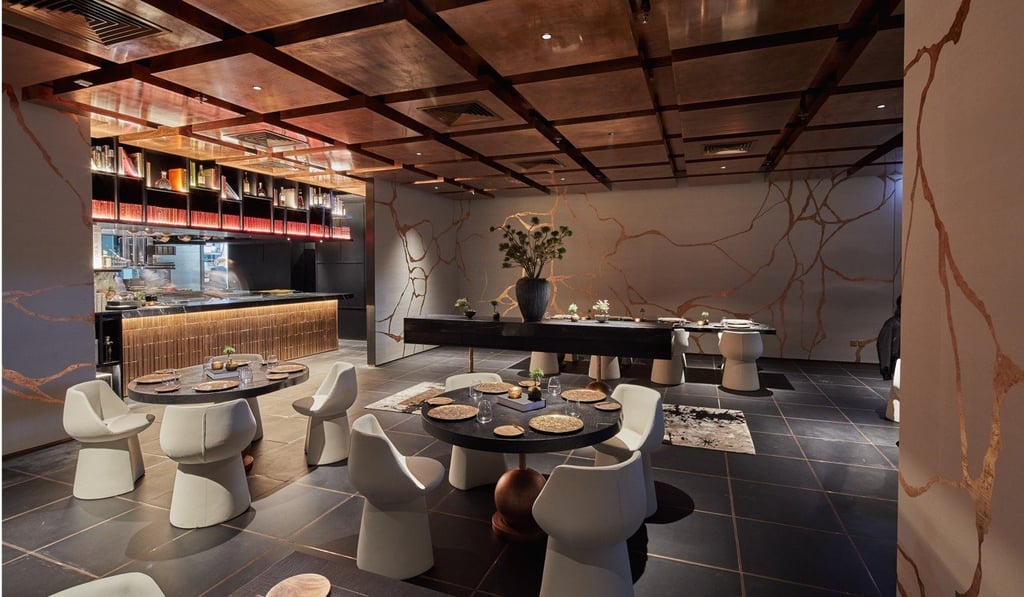
Now the tables have turned. “Hong Kong is one of the strongest places in the world for wine,” says Vincent Vallin, head sommelier at Écriture, the high-flying French restaurant on the top floor of vertical art hub H Queen’s.
“Here you can buy everything and drink everything you want, even vintages that you cannot find any more in some wineries,” he adds.
As any local oenophile can tell you, it was the elimination of wine duties in 2009 that sent Hong Kong down the road of vinous adventure. Not only do the city’s most acclaimed restaurants boast increasingly impressive, sophisticated wine lists, they are branching out in exciting and experimental directions, finding bold new food pairings or delving into the exhilarating (and sometimes strange) world of natural wine.
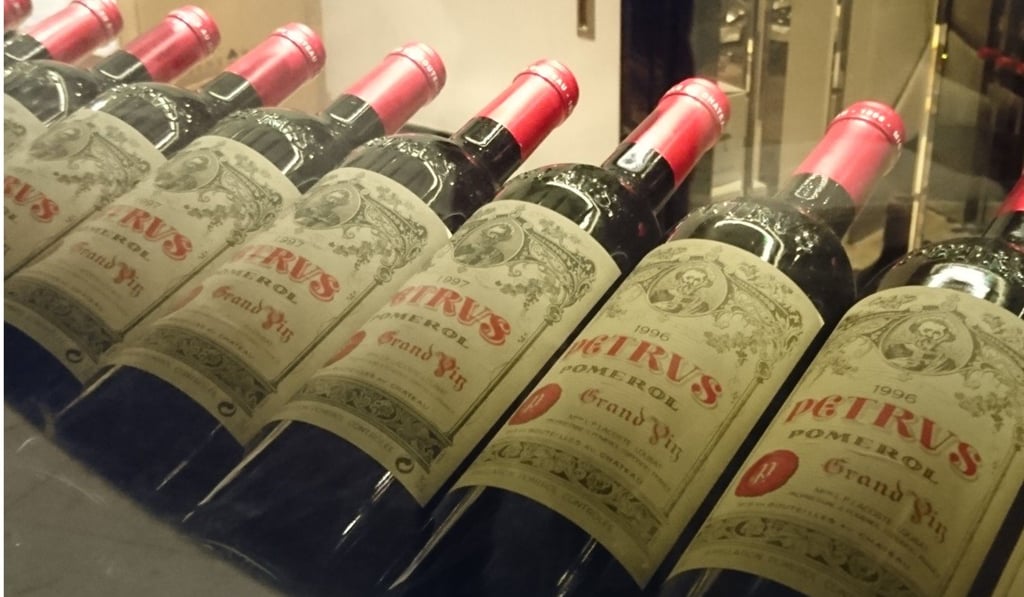
“Sommeliers can easily search for interesting wine on the local market compared to 10 years ago,” says Simpson To, assistant director of wine at Le Pan, a modern French restaurant in Kowloon Bay founded by noted wine lover Pan Sutong. “Do not be surprised if you find one wine list that is only selling biodynamic wine, or orange wine, in the near future.”
With so many options at their disposal, each of Hong Kong’s top restaurants has pushed out in its own unique direction. Le Pan takes a deceptively traditional approach by focusing on old world, especially French wines from Bordeaux and Burgundy.
In my opinion, opposing tastes and textures are the best pairings
Some highlights include 20 different vintages of Pétrus, 20 labels of Domaine de la Romanée-Conti and 40 vintages of Château D’Yquem. But there are a few surprises, too.
“You will find some local grapes like Savagnin, Melon de Bourgogne, Vermentino, Tannat, Grenache [and] Aragonez,” says To, adding that a particularly interesting bottle is the 1980 Château Muser Rouge from Lebanon, describing it as “darker and denser” than other wines of its vintage, with “mildly pickled aromas that share the stage with typical leaf and cedar scents”. It is one of the wines he saves to enjoy on his birthday every year.
At Pierre, in the Mandarin Oriental Hong Kong, sommelier Hubert Chabot has been surprised by the quality of some Beaujolais wines in recent years.
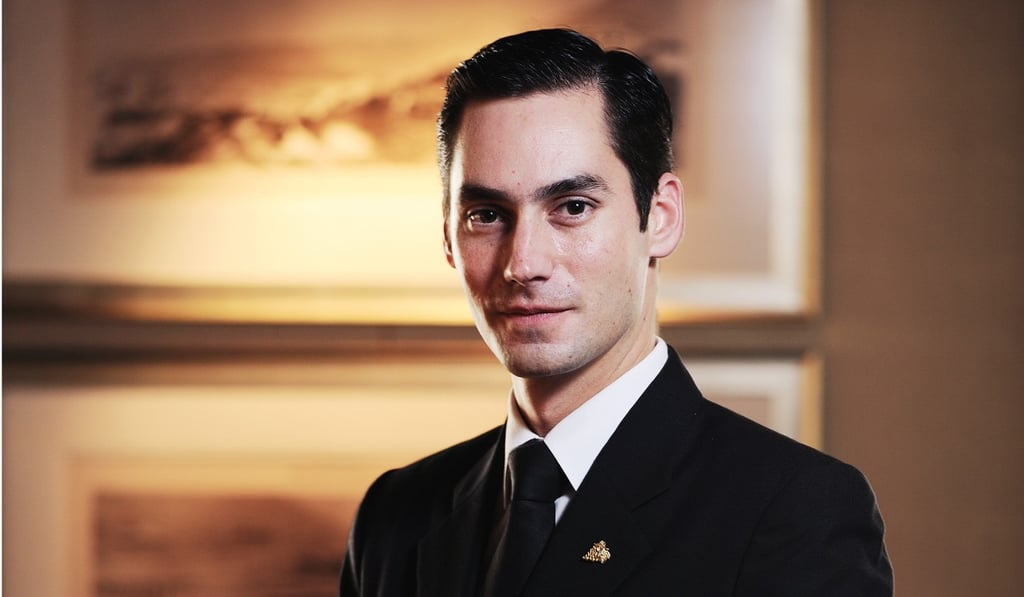
Far from the notoriously artificial yeast of bygone Beaujolais Nouveau, these wines “combine the softness and elegance of Burgundy, and the character and complexity of the northern Rhône Valley”, he says. “It’s interesting to see renowned vineyards from Burgundy and the Rhône Valley invest in Beaujolais, so definitely a wine region to watch out for.”
He is also intrigued by white wines from the Loire Valley, “especially in the Saumur and Touraine region”, he says. Chenin grapes planted in those areas “are able to produce some highly complex and very surprising wines. In addition, most of the producers are using organic methods which is positive to see”.
Chabot says that, a few years ago, most customers were interested primarily in Bordeaux wines, after which they moved on to Burgundy. But it seems there is growing interest in other regions. At Tate Dining Room and Bar, where chef-owner Vicky Lau blends French technique with Chinese ingredients like kumquats, pu’er tea and osmanthus, the wine list has begun to evolve beyond the French labels that previously dominated it.
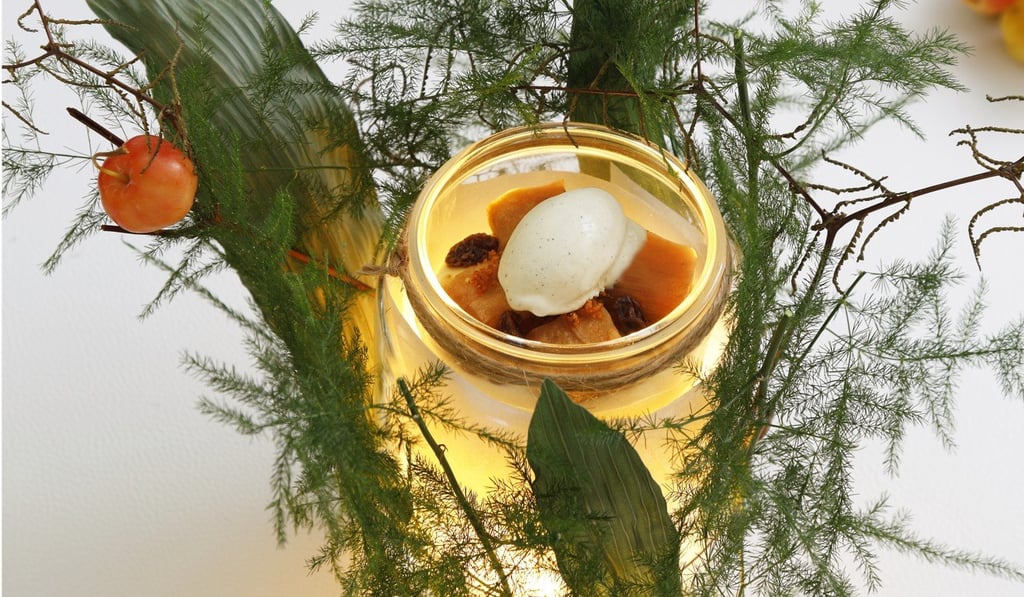
“Some new wines that we have on list would be Silver Heights, from Ningxia, China, since Chinese wine [has started] to stabilise in quality,” says Lau. There is also Corsican wine, which “pairs perfectly” with fish served in an olive sauce. Tate offers a six-glass wine pairing option to accompany the tasting menu.
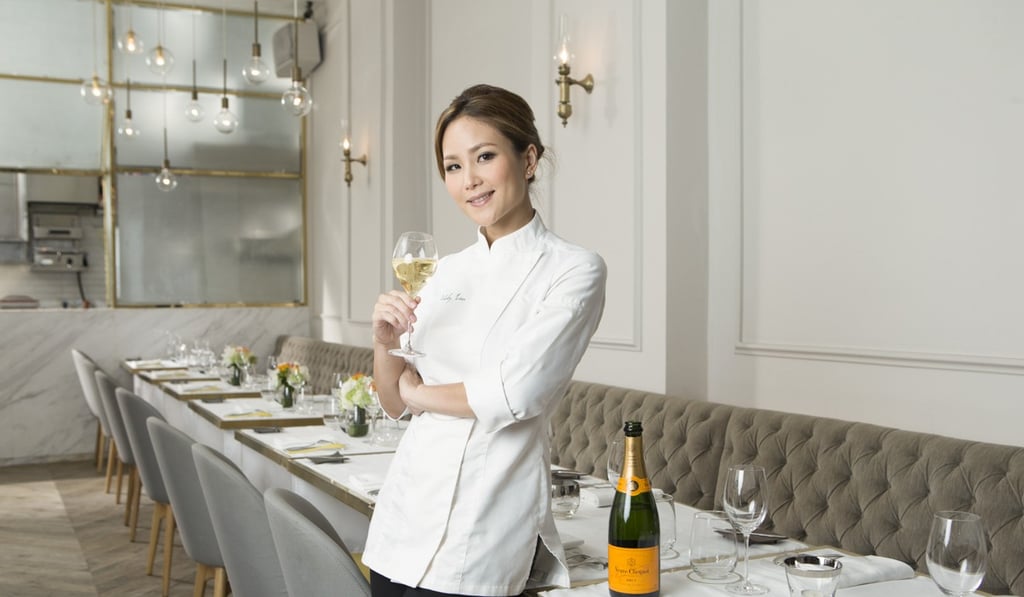
Speaking of pairing, Chabot points out the skill of a sommelier in choosing wines to accompany dishes is just as important as having a diverse or expansive wine list.
“In my opinion, opposing tastes and textures are the best pairings,” he says. “A dry, light, mineral white wine is best for a creamy, rich and complex dish to cut through the full flavour, refresh the palate and bring some lightness to the palate. A round, rich, intense white wine on a light poached fish will bring complexity, reinforce the texture and have a lingering finish. And recently, I’m moving away from sweet pairings as it overtakes the flavour combinations.”
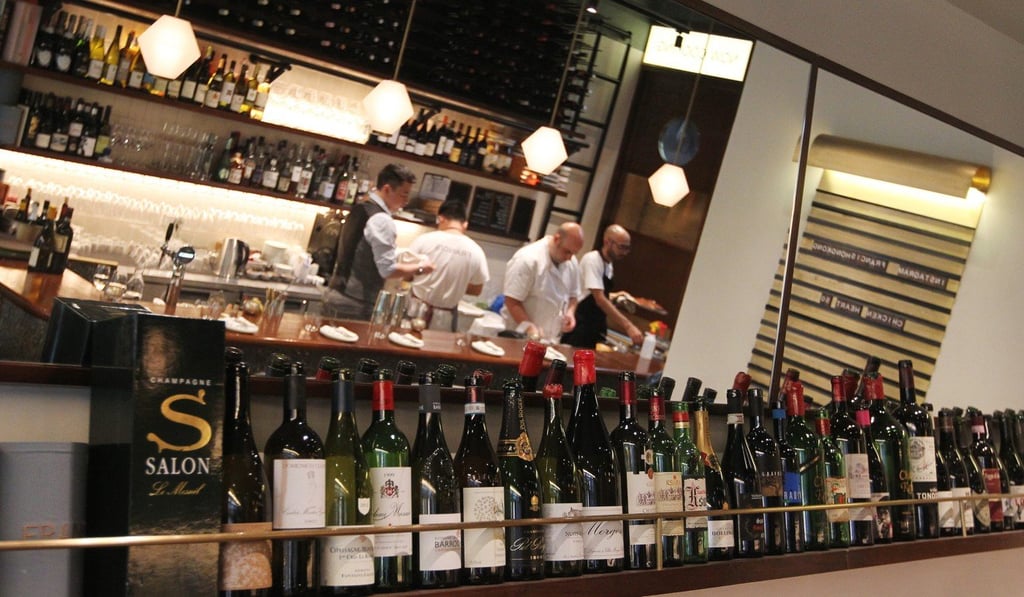
Francis, a new restaurant in Wan Chai, has a straightforward wine list designed to accentuate its Middle Eastern dishes. Divided into two price points, HK$350 and HK$600, the 50-label list focuses on small- and medium-sized wineries. Co-founder and sommelier Simone Sammuri says he recently fell in love with the 2013 Lower East Syrah from Gramercy Cellar in the American state of Washington, which has notes of “cassis, herbs, crushed flower, smoked meat and black pepper”, which pairs well with Francis’ kafta, made from a mix of lamb and beef.
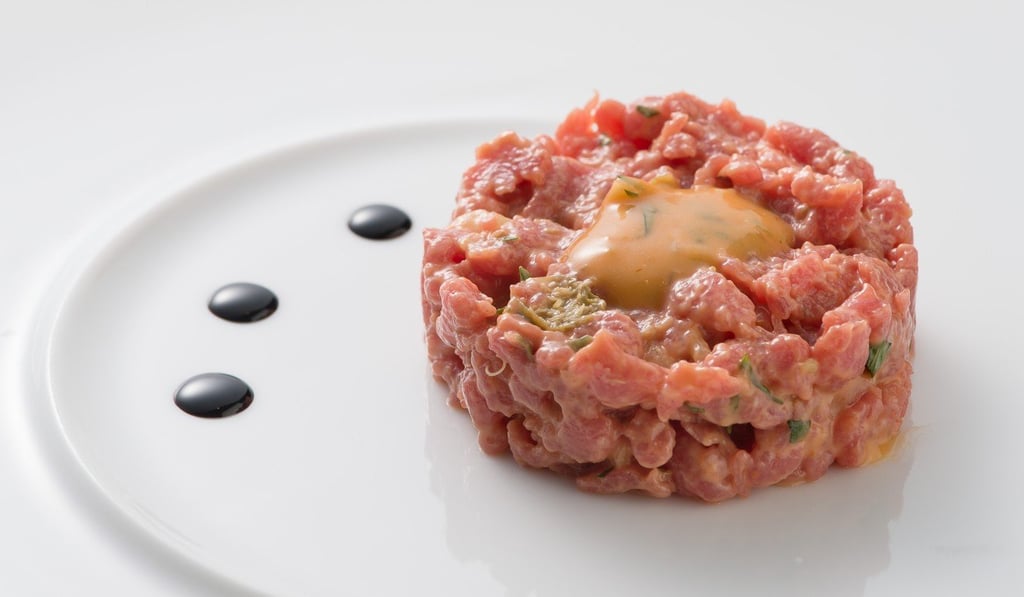
Beefbar has commissioned their own brand of champagne to match their meaty menu. “It is made by Maison Jeeper which is a boutique champagne house,” says restaurant manager Don Kwok. “It is made of 60 per cent Chardonnay, 15 per cent Pinot Noir [and] 25 per cent Pinot Meunier.” He describes it as “fruity and toasty with creamy texture and long finish”.
It is all part of the trend towards offerings that are sophisticated, eclectic and unique. “Hong Kong is a mature wine market that has the luxury of offering extremely prestigious wines as well as small wineries from around the world where the diversity is great,” says Pierre’s Hubert Chabot. “Restaurants are becoming more adventurous.”
Want more stories like this? Sign up here. Follow STYLE on Facebook, Instagram and Twitter